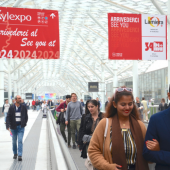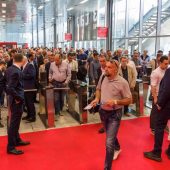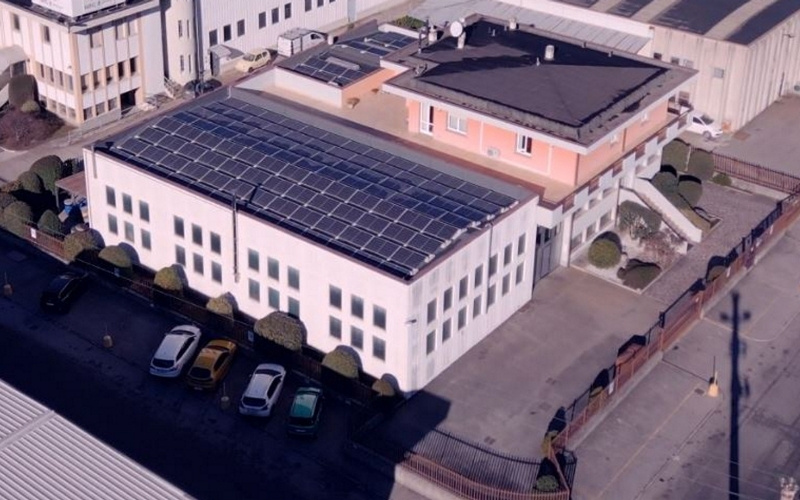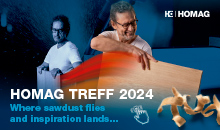“Like a hand from the dark house came the intense aroma of firewood in the pile. The aroma was visible as if the tree were alive.”
The 2024 edition of Xylexpo was an opportunity to take stock of the supply chain, to tell its numbers, to touch on the technologies that will accompany us in the near future, to take a closer look at materials, tracing the contours of what has become the keyword of the moment: multimateriality. Composite materials, new frontiers, new ideas that – however – all start from a common factor: wood, a living material that changes, breathes, accompanies us. For this reason, you will apologize (and above all we hope that the Chilean poet will forgive us, ed.), we chose a quote from Pablo Neruda to open this article, which is this first appointment in Catas, the most important European laboratory of tests and certifications for the wood-furniture sector. From poetry to science, from the pages of Xylon to the full interview conducted at Xylexpo Digital, to learn more about the evolution of one of the noblest materials of “made in Italy” wood-furniture: solid wood.
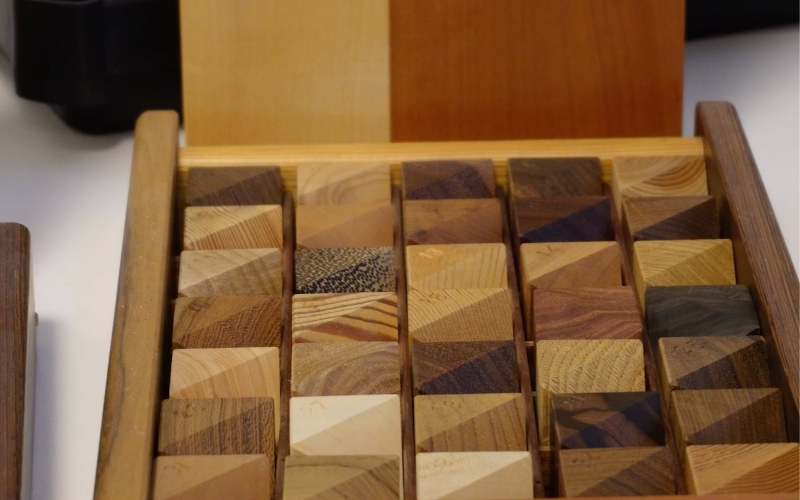
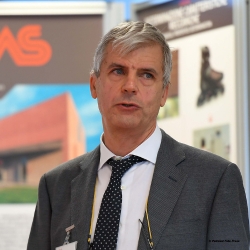
Franco Bulian
A noble material, a symbol of quality which, in Catas, is subjected to quality and resistance tests. To better understand the various steps, we had the pleasure of “questioning” Franco Bulian, director of Catas, and Elena Conti and Paolo Tirelli, respectively heads of the microbiology laboratory and the mechanical testing laboratory. “Wood – explained Franco Bulian – is a material that, wrongly, is often underestimated, considered a material of the “past”, beautiful, excellent, but less “futuristic” than others. But this is a wrong view. Wood and solid wood are and always will be materials of the future. Wood has a heart of sustainability, it is a “green” material by definition. Today this material has been rediscovered, not only by designers, but also by great architects because of its intrinsic sustainability that makes it a material of excellence for the future development not only of our sector, but of all humanity”.
“And at Catas – Bulian continued – we carry out tests that serve to check the durability of the treatments to which the wood is subjected to make it suitable for withstanding outdoor and the harshest conditions. They are natural aging tests carried out in such a way as to exasperate the effect of weather conditions on the treated wood. The tests last up to one year, but are essential to verify that the material with these treatments can withstand the outdoors for a long time. Doors and windows, garden furniture, everything made of solid wood that is exposed outdoors… these are the ways to verify the effectiveness of the various treatments, from the identification of the wood species to resistance to pathogens and mechanical stress. Tests and treatments that pass through our laboratories and that Elena Conti of the microbiology laboratory and Paolo Tirelli of the mechanical testing laboratory will tell us more closely“.
ELENA CONTI: MICROBIOLOGY LABORATORY
“In this laboratory we carry out tests to determine the biological durability of wood, i.e. the resistance of wood to attacks by fungi and rotting, which constitute a risk and a danger even in the case of structural wood because they decrease the mechanical resistance of the wood on site,” explained Elena Conti.
“To carry out these tests, fungal strains established by certified and regulated test methods at European level are used. The test consists precisely in exposing the wood samples to the attack of these fungi in the cultivation conditions that are most effective in enabling the fungi’s demolishing action“.
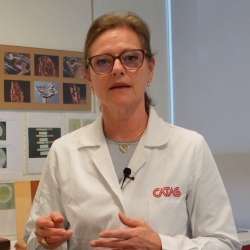
Elena Conti
“Another activity we carry out in this laboratory – Conti continued – is the identification of wood species, which we perform through the analysis of the anatomical details of the wood. Very thin sections are prepared that can be observed under the microscope and the microscope image is compared with database images that recognize the most characteristic elements of each wood species. This is carried out on the three characteristic sections of the wood, the longitudinal, the radial transversal and the tangential longitudinal, because each of these sections reveal details that serve through a system of interpretation keys to get as close as possible to the identification of the wood species.
The recognition of wood at a macroscopic level can also be done through physical samples, so it is very useful to have a so-called xylotheque, a database of wood species cut into sections, of which it is very important to carefully observe their structure, shapes, colors, because also thanks to these parameters, the grain, and other macroscopic characteristics we can help identify the species“.
“Another activity carried out in the laboratory is the evaluation of the biological damage detected in elements of wood in use or wood-based materials, such as panels, which can mold in the event of excessive water absorption. Or wood, especially in structural use, in the event of humidification events, water absorption (due to condensate or infiltration) can give rise to degradation from decay fungi“.
PAOLO TIRELLI: MECHANICAL TESTING LABORATORY
“In the Catas mechanical testing laboratory – Paolo Tirelli explained – we carry out tests on wood-based materials and more. As far as the wood sector is concerned, we examine non-structural applications such as wooden floors, laminated profiles for windows and other small semi-finished products for the world of wood furniture. Not only solid wood therefore, but also glued wood (laminated wood), or woods subject to treatments: heat-treated wood, acetylated woods and everything that has to do with wood and its basic characteristics here finds a verification of what its characteristics are“.
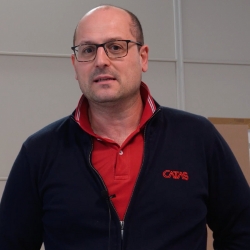
Paolo Tirelli
“What I find very interesting for the world of wood, as an external observer working for an institution like Catas, is that we see less and less “real” wood in this period. However, thanks to the new European standards that follow sustainability policies, construction products are used that look more and more carefully at sustainability, a word in vogue and with a very broad meaning. I believe that we will review wood products more and more, especially in non-structural sectors such as furniture or construction (non-structural, ed.), because it is a product that can offer several benefits. Just think that there is a standard to simply calculate how many kilograms of CO2 can be captured with a chair leg or the glulam profile of a window. And therefore, having a natural material, we can reduce all these aspects related to the carbon footprint or at least to the LCA (Life Cycle Assessment) evaluations that allow us to have credits and have a more sustainable product than other materials that have a greater environmental impact.
To measure the dimensional stability of floors, we use conditioned rooms that have controlled temperature and humidity. These include a dry cell, with 23 degrees with 30 percent humidity, and we usually measure the flooring, insert it and evaluate the dimensional performance after conditioning in a humid cell, where we have 23 degrees with 90 percent humidity“.


